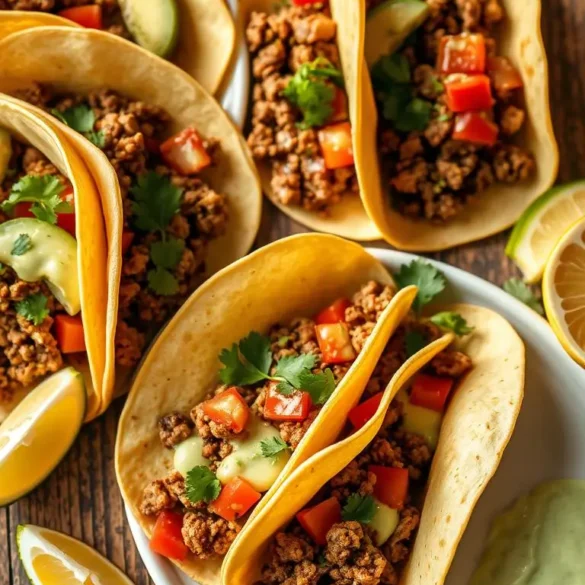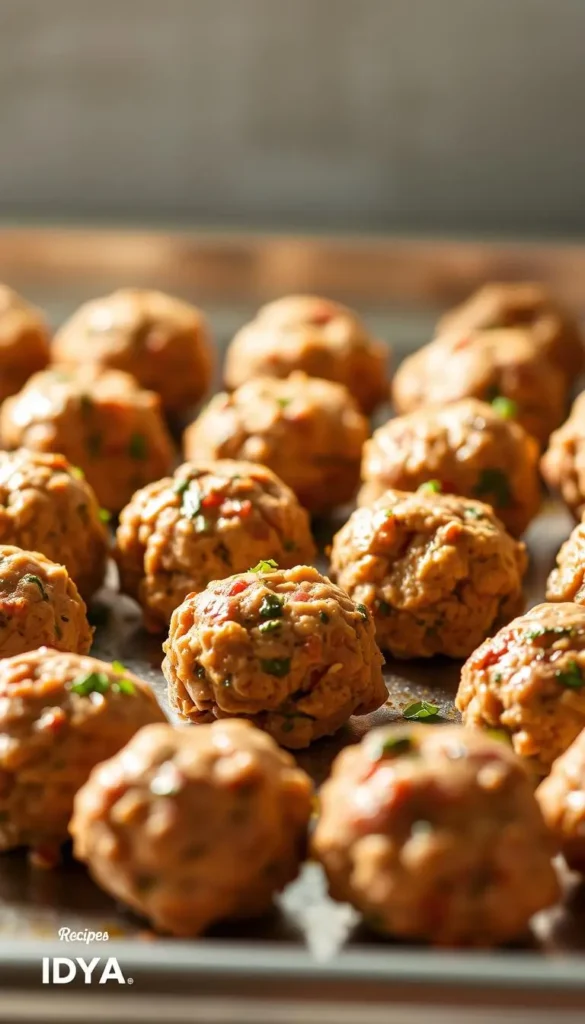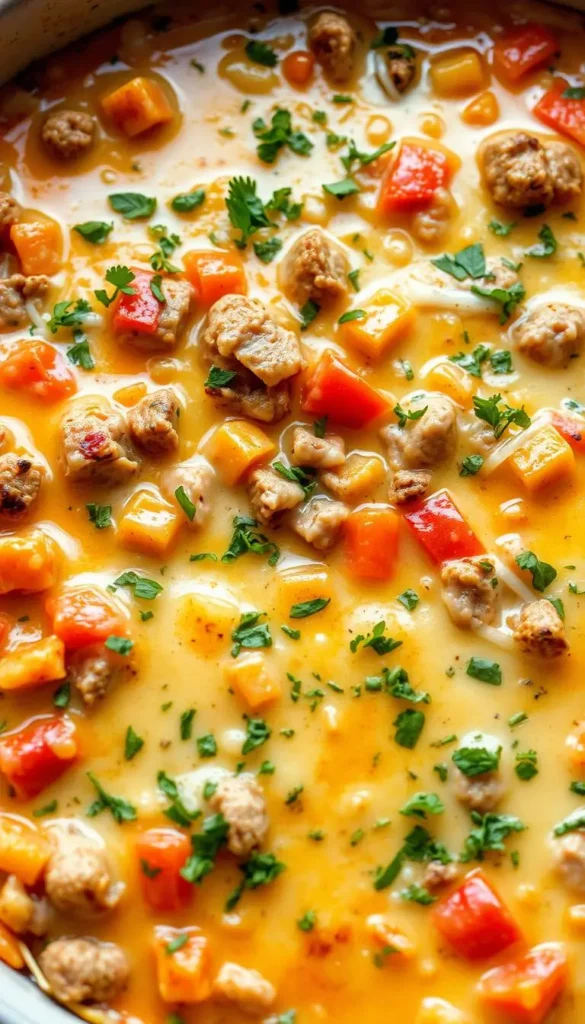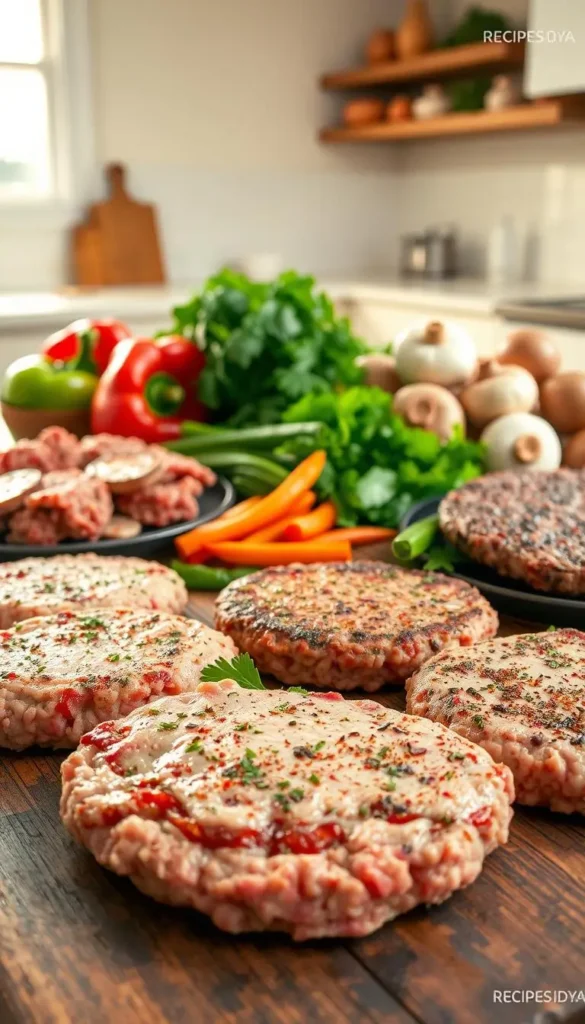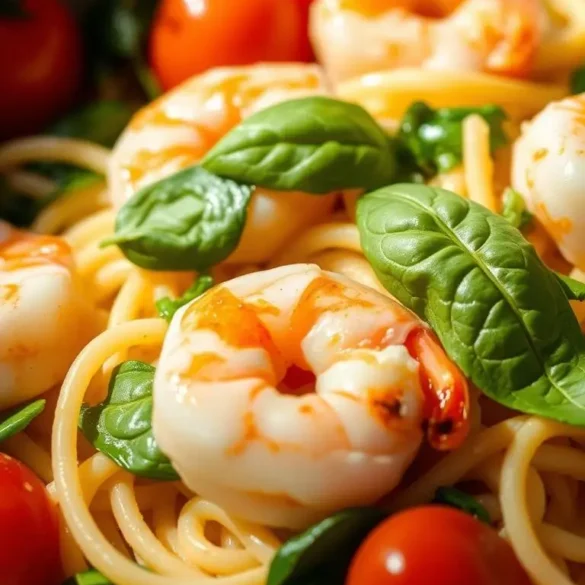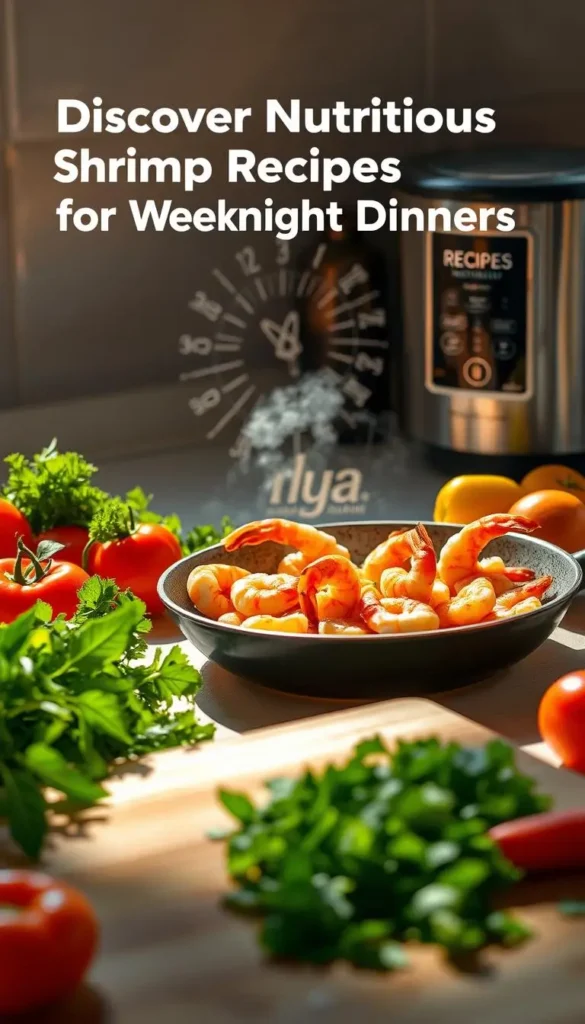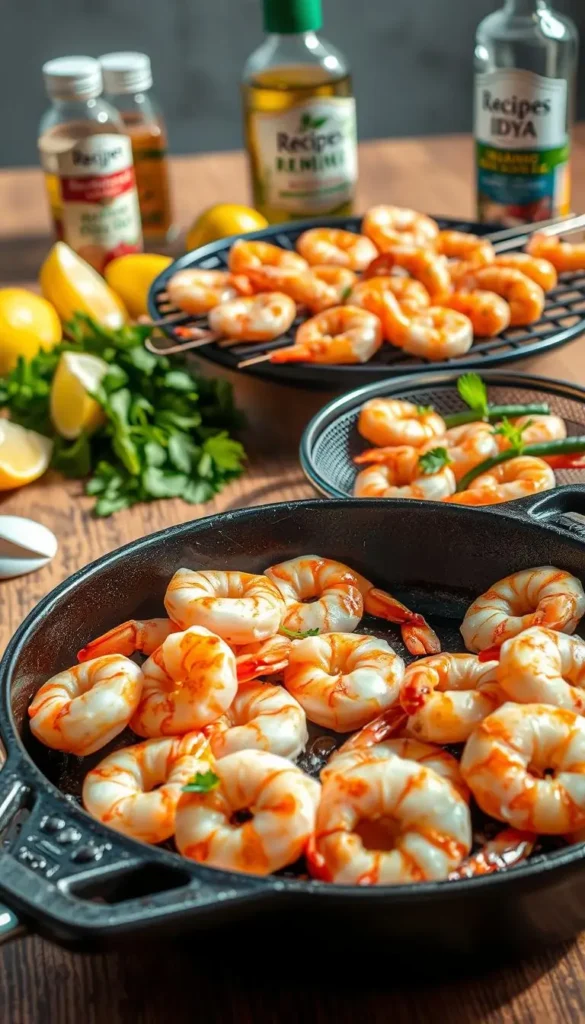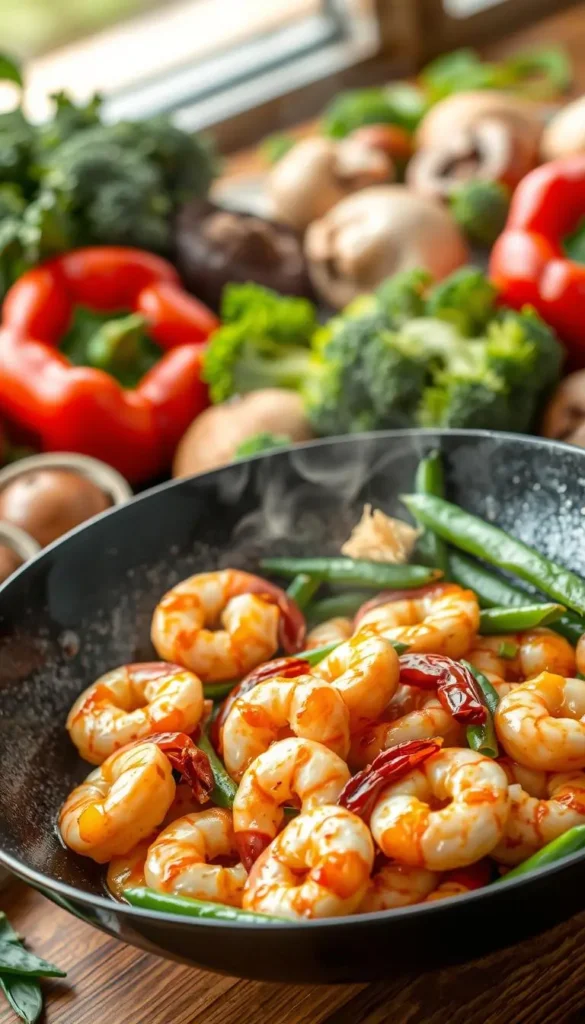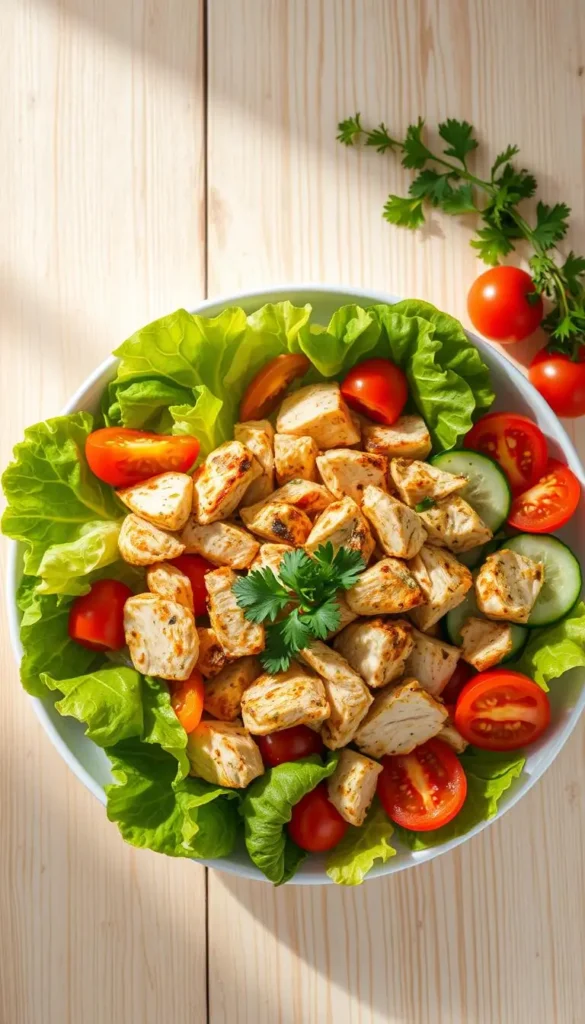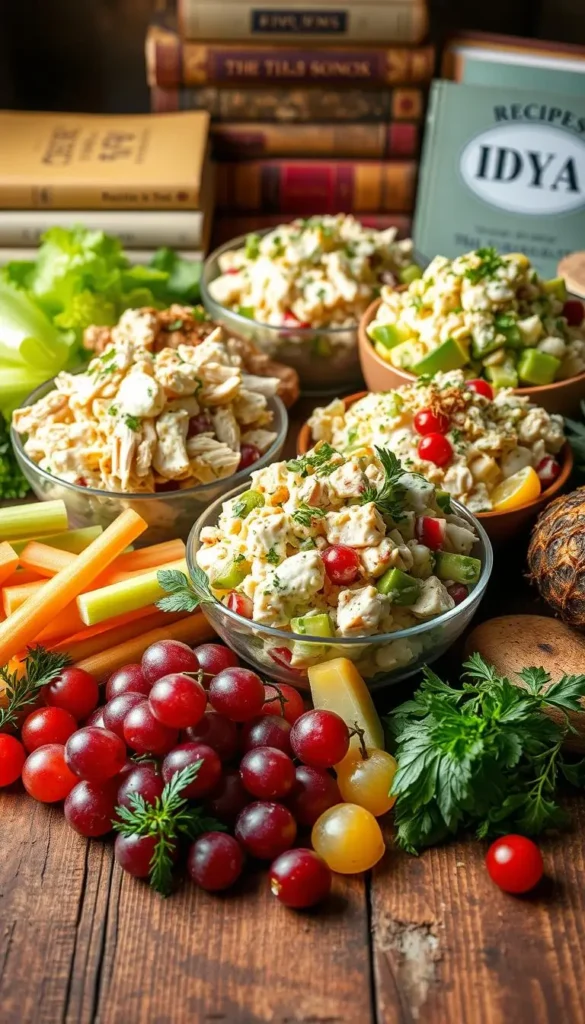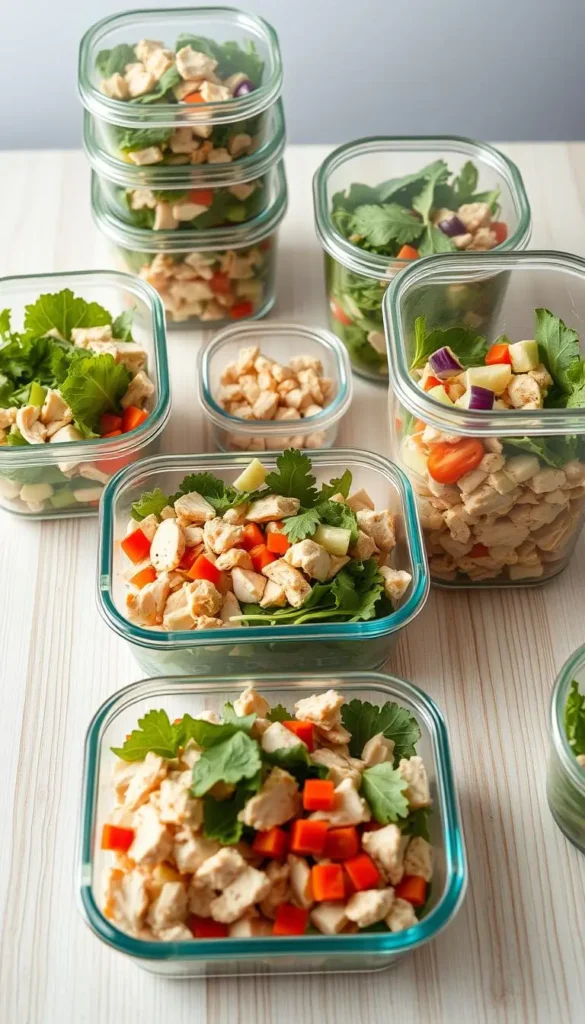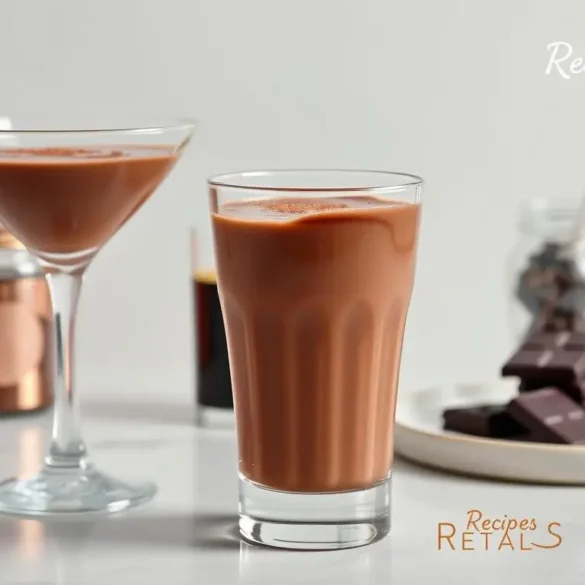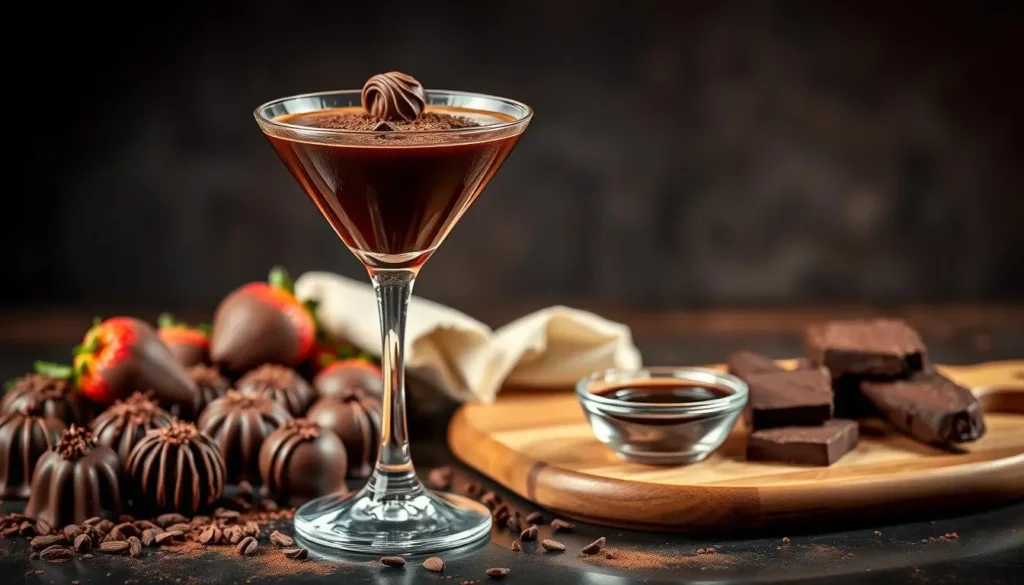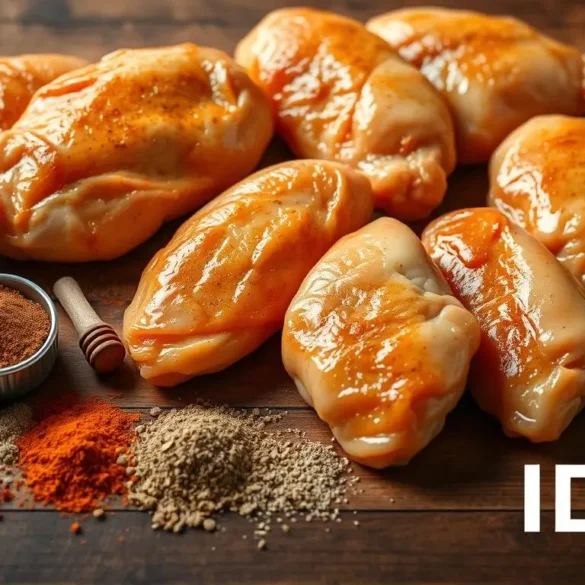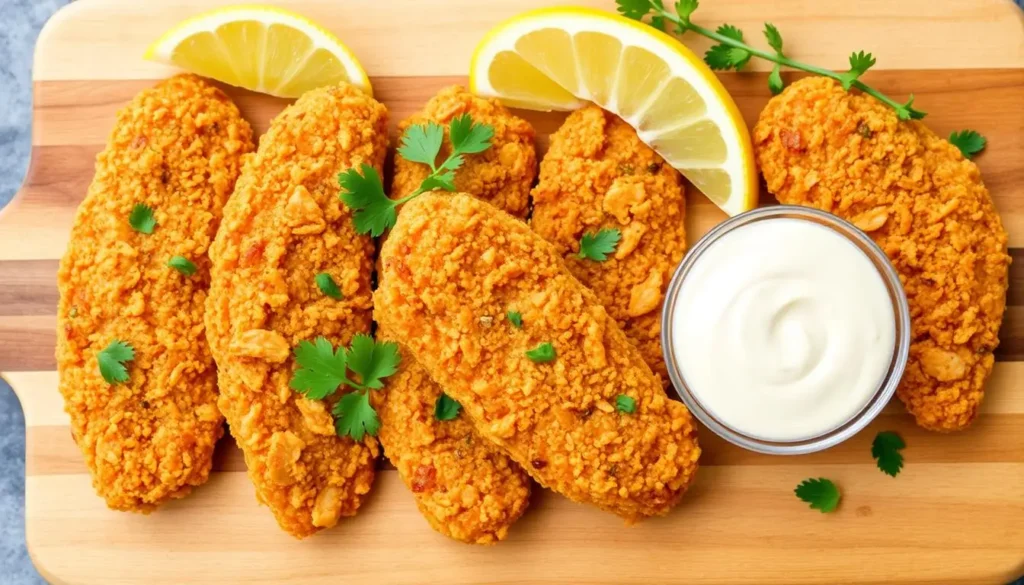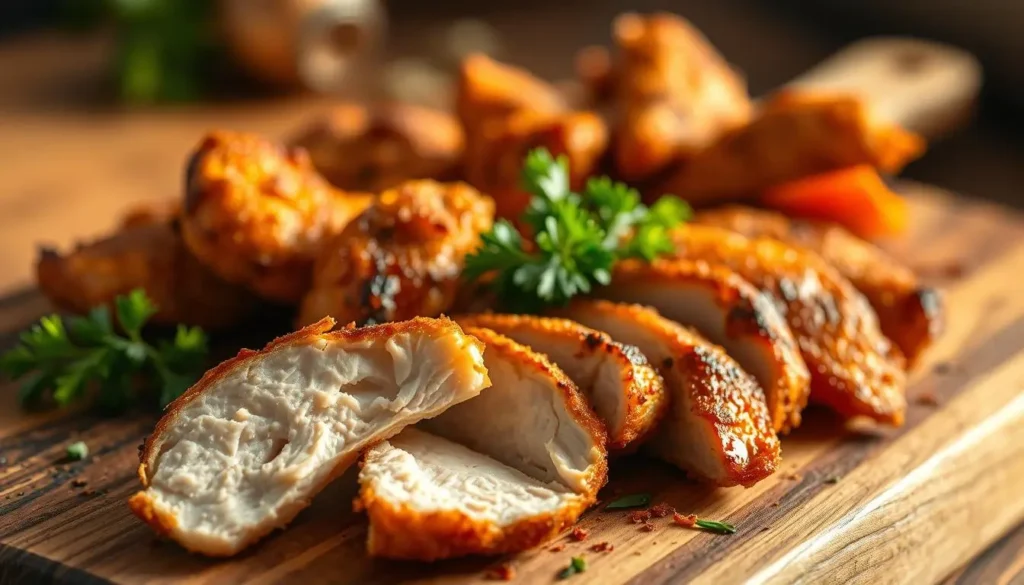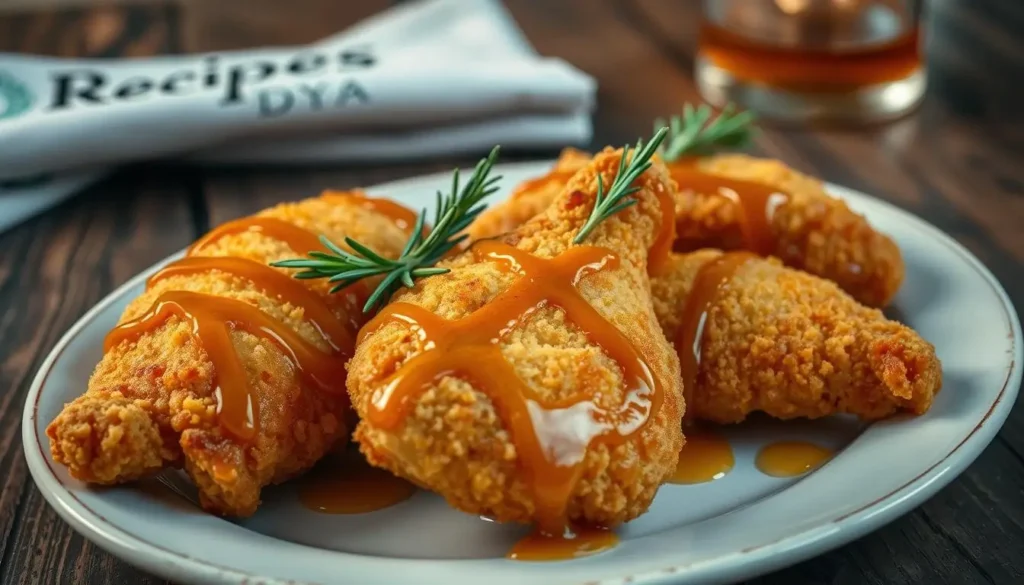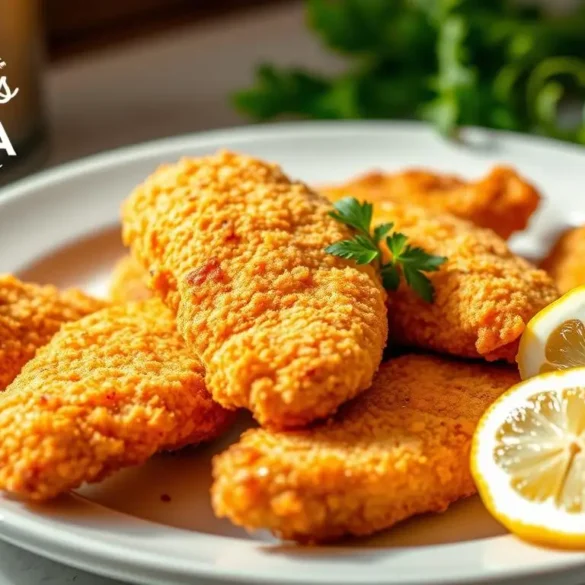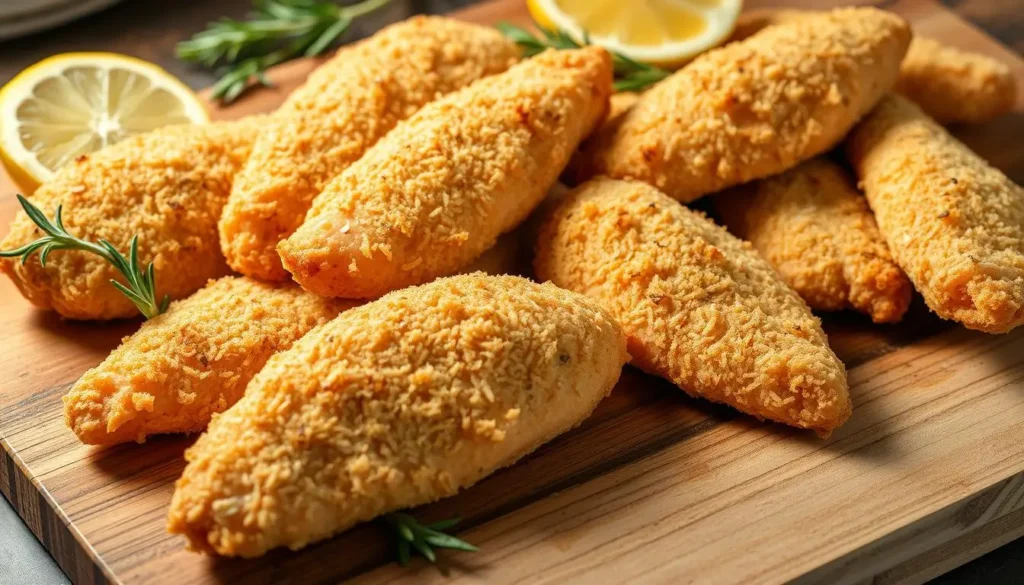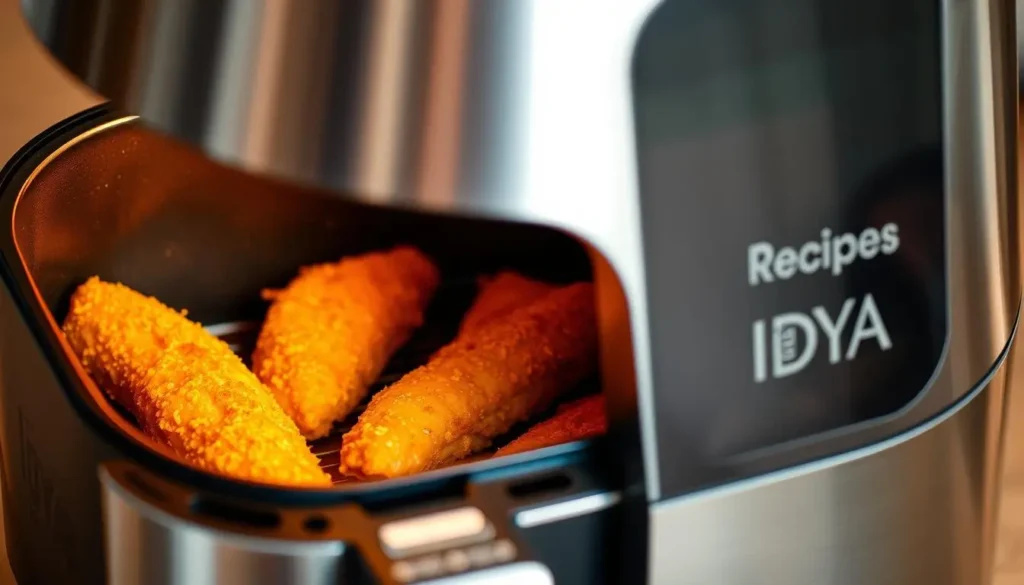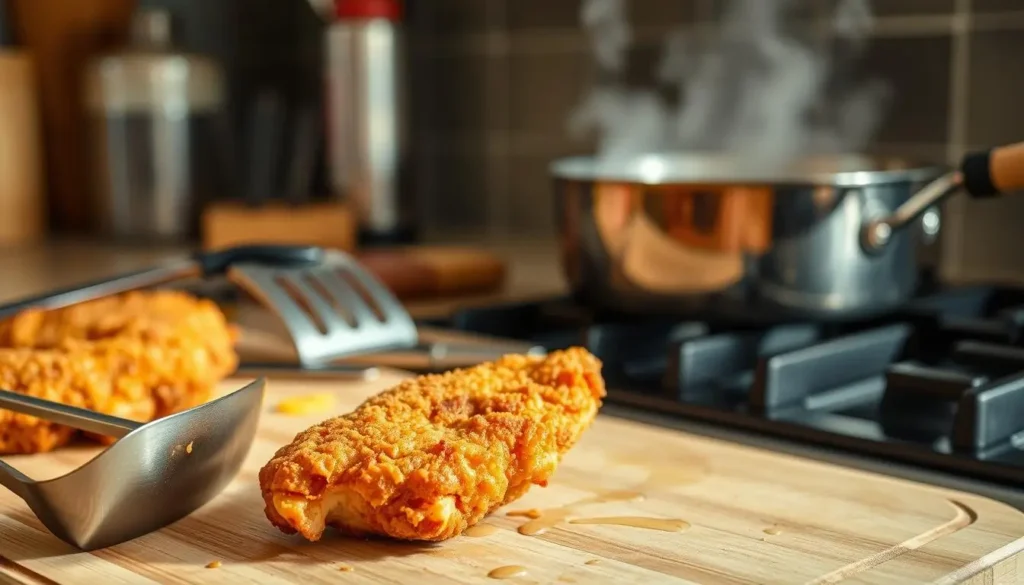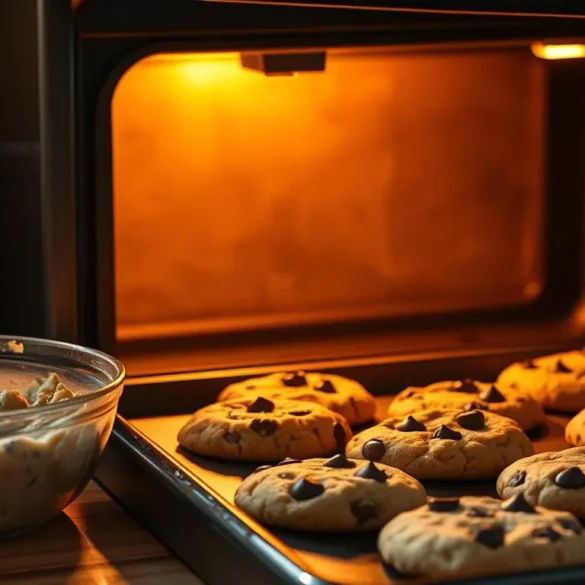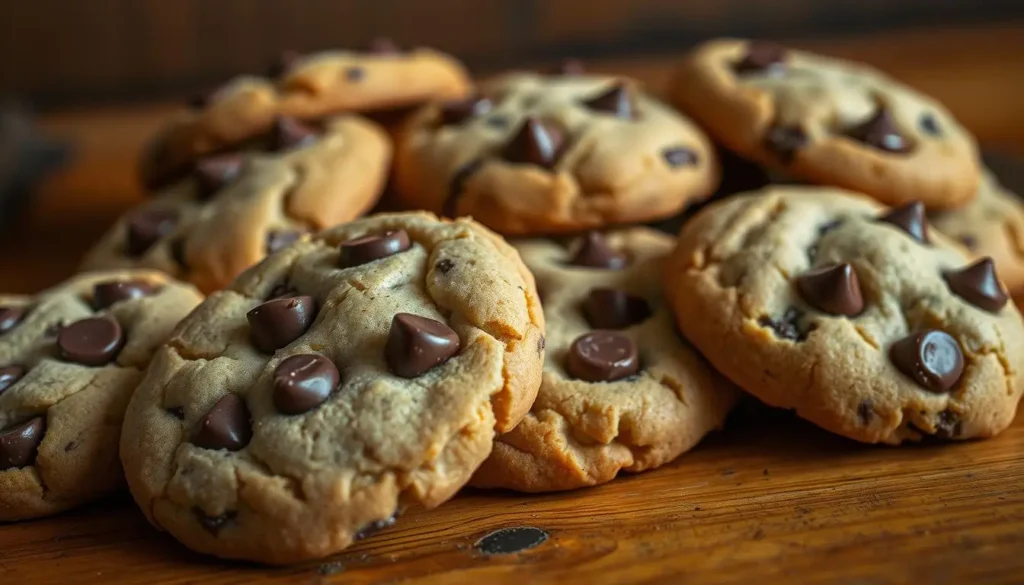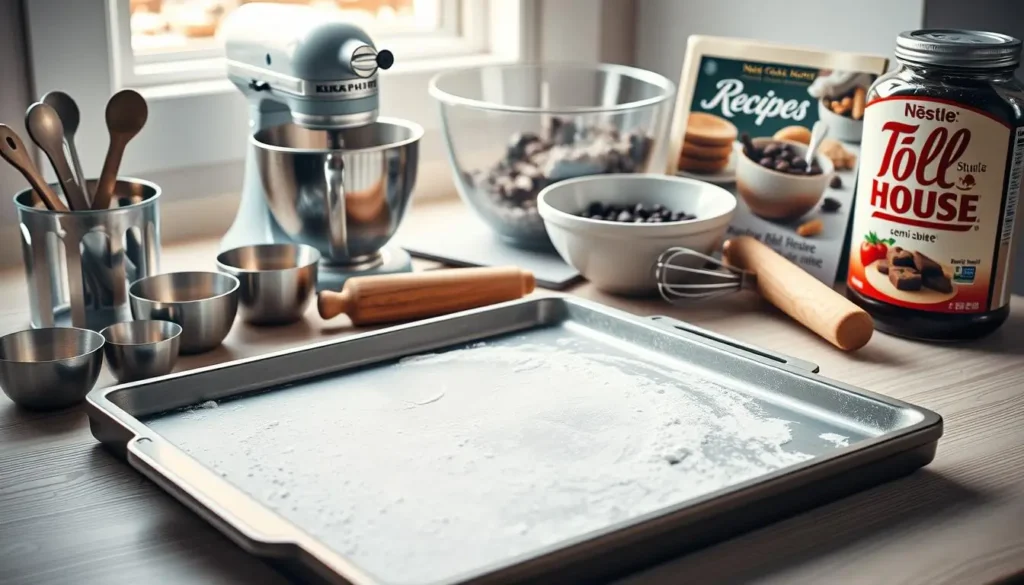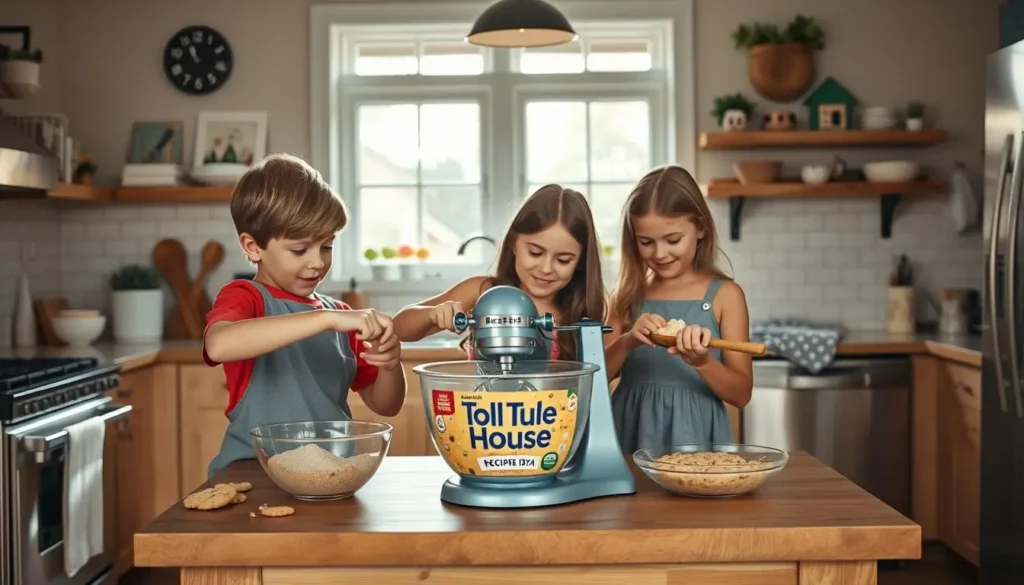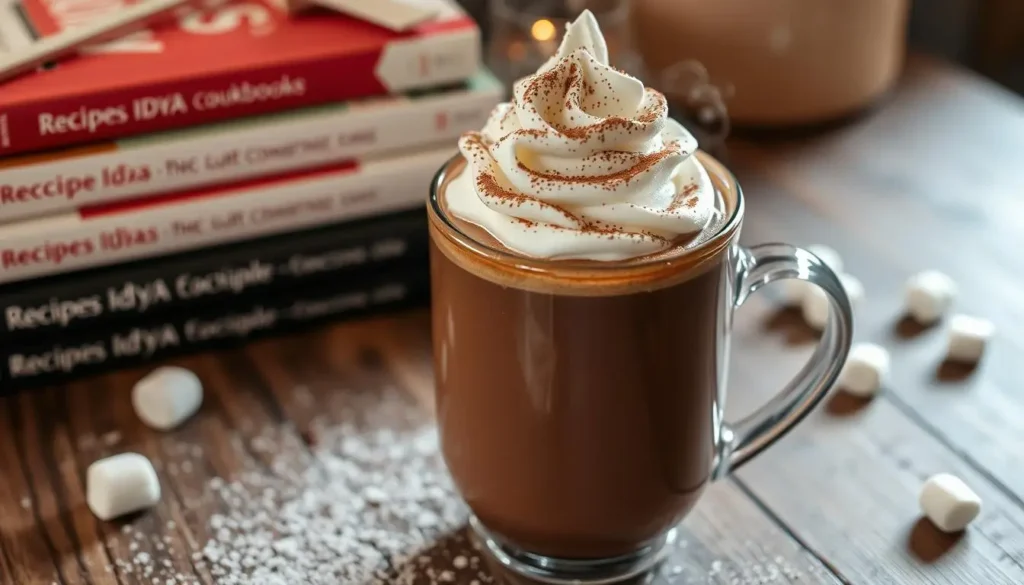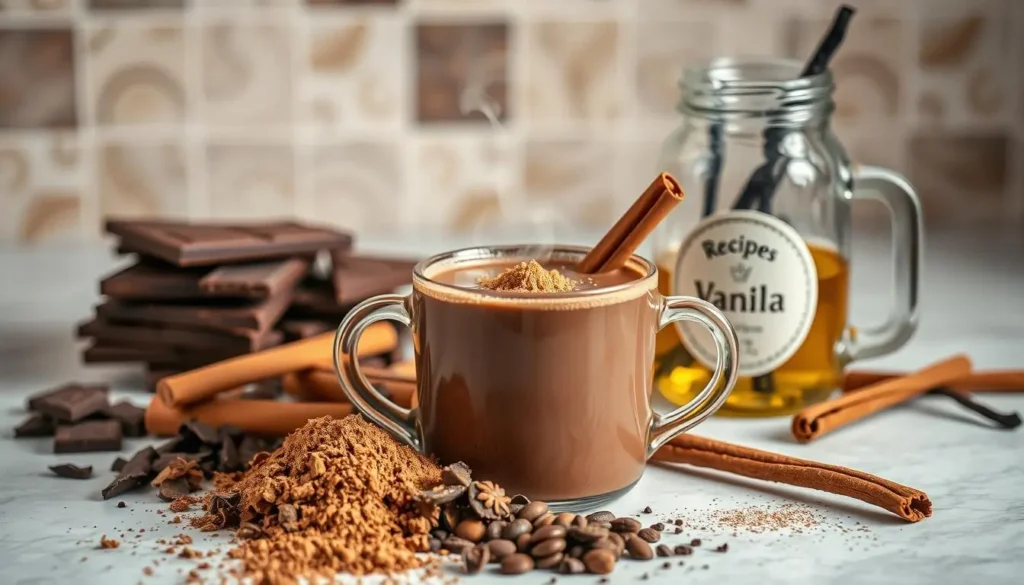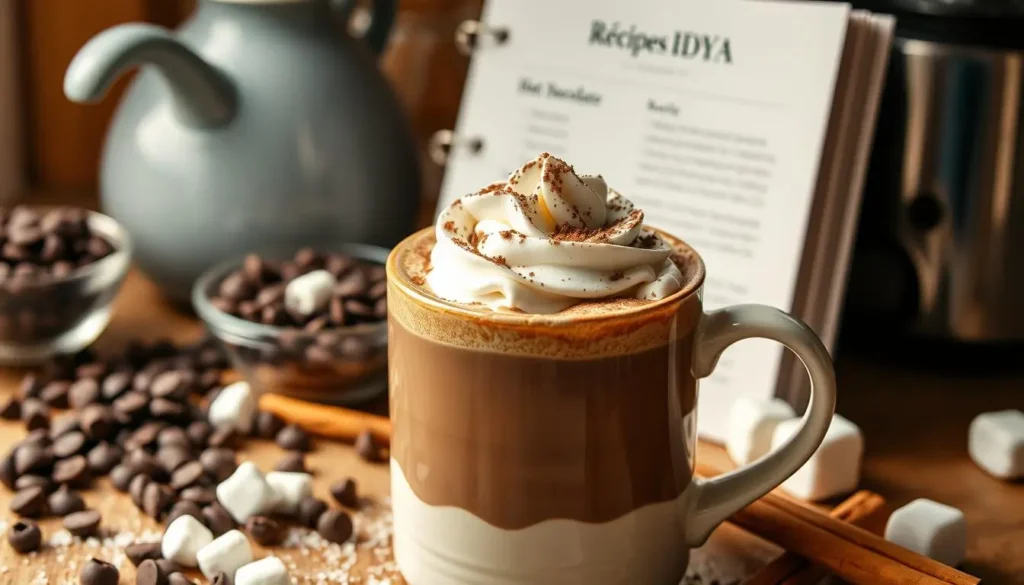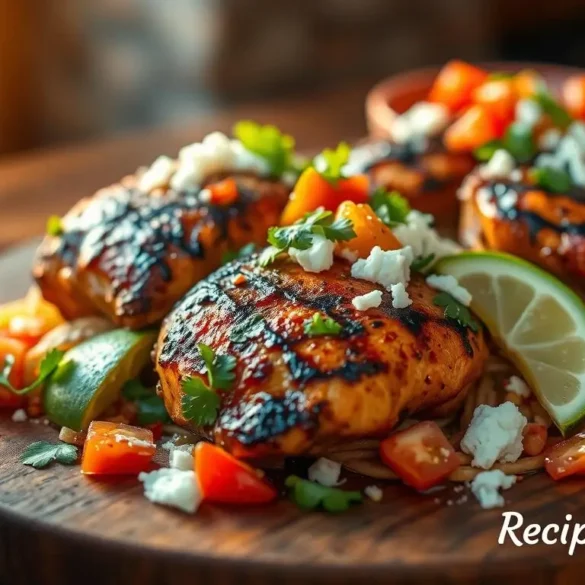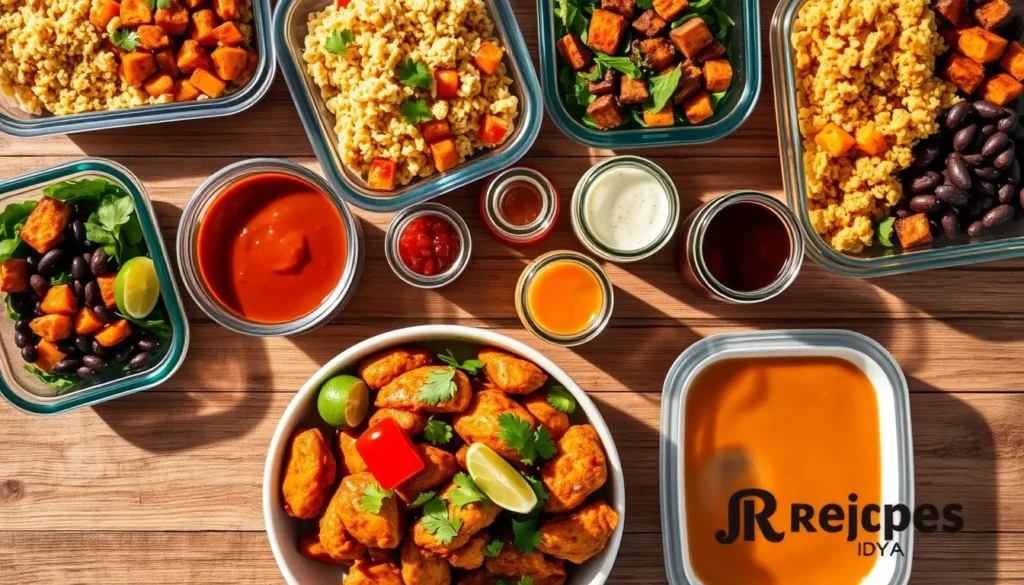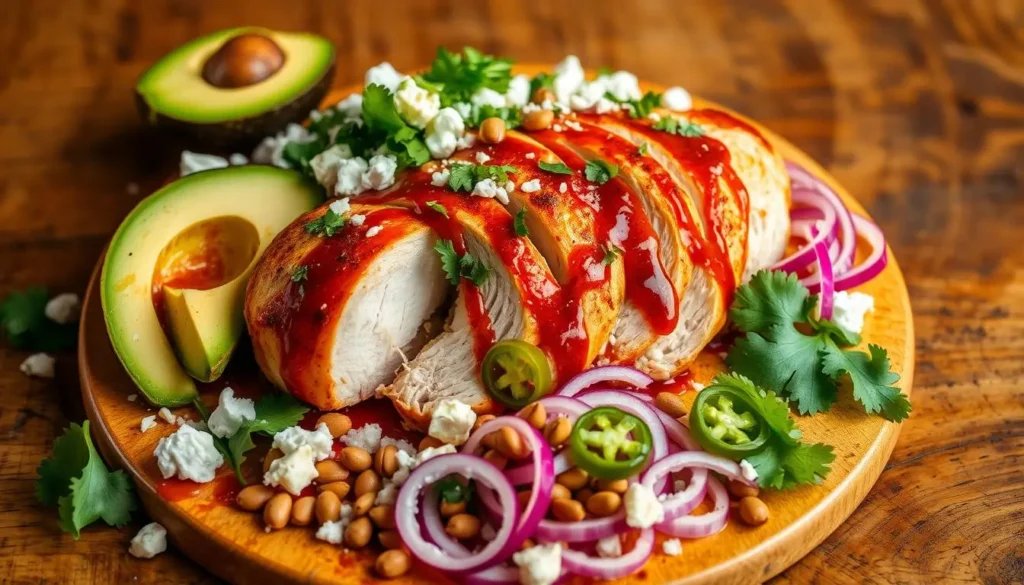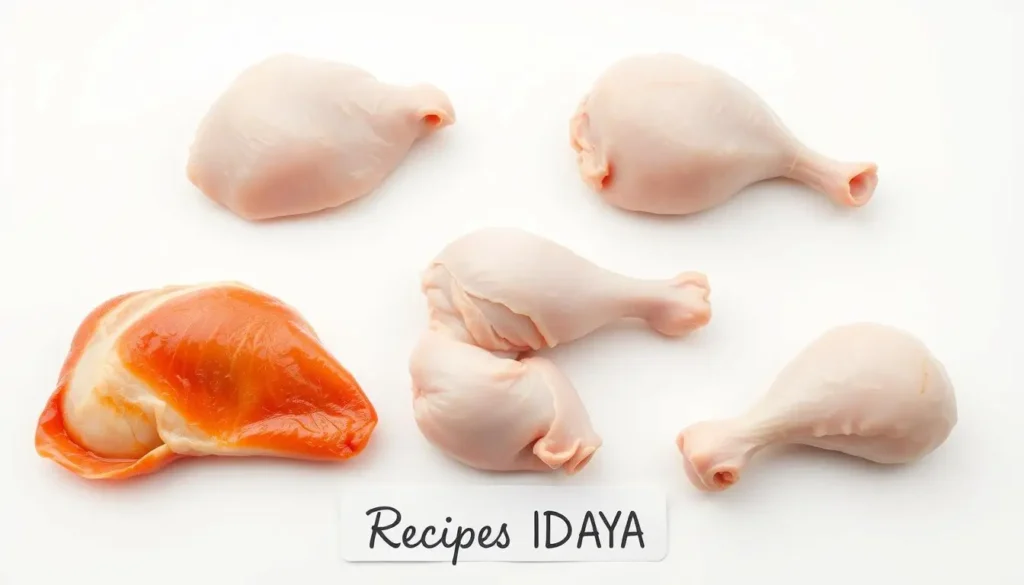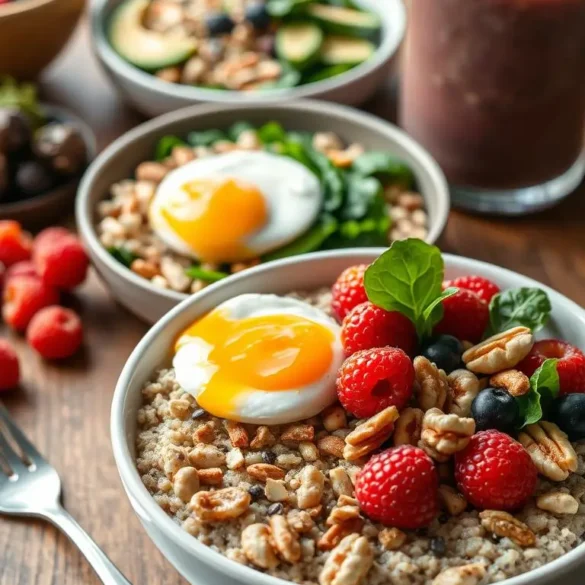
Ingredients
- 2 large eggs
- 1/2 cup spinach, chopped
- 1 tablespoon olive oil
- 1/4 cup diced tomatoes
- 1/4 cup shredded cheese (optional)
- 1/2 avocado, sliced
- Salt and pepper to taste
Instructions
Heat olive oil in a skillet over medium heat. Add spinach and sauté for 1-2 minutes until wilted. Crack the eggs into the skillet and scramble with the spinach. Season with salt and pepper. Once eggs are cooked, add diced tomatoes and cook for an additional 1 minute. Top with shredded cheese (optional) and avocado slices. Serve warm and enjoy!
Notes
You can customize this breakfast by adding your favorite veggies or protein sources like turkey bacon or sausage.
Table of Contents
Easy Healthy Breakfast Recipes
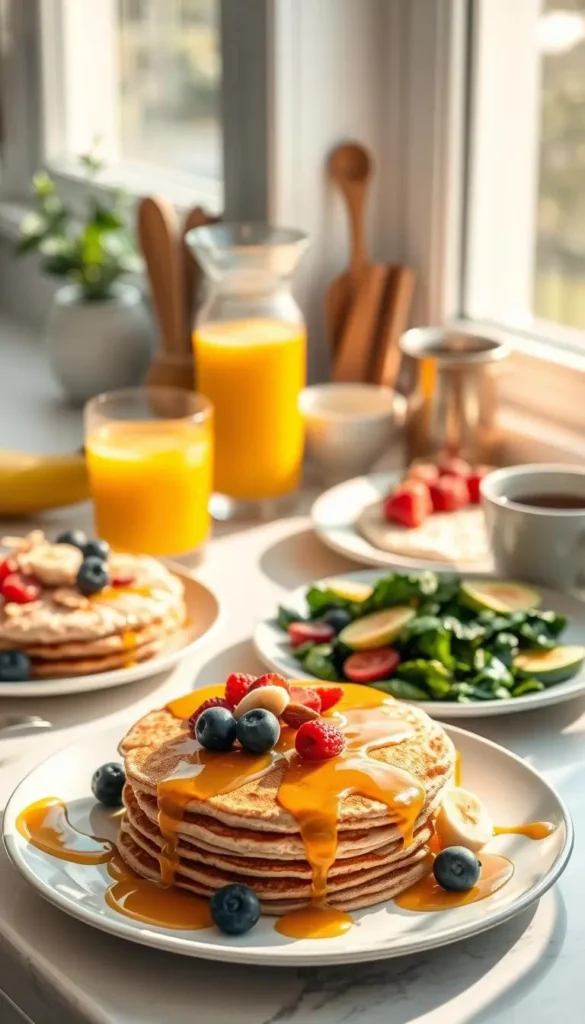
Easy Healthy Breakfast Ideas: Delicious. Are you tired of breakfasts that make you feel slow and unsatisfied? Finding easy healthy breakfast recipes can change your mornings. Quick and healthy breakfasts do more than just fill your belly. They give you energy and help you stay well.
The right breakfast can make your whole day better. By using simple, healthy ingredients, you can make tasty meals fast. These recipes show that eating well doesn’t need to be hard or take a lot of time.
Whether you’re busy, a student, or just want to eat better, these ideas will change your mornings. You’ll find everything from smoothies to egg dishes and protein bowls. There’s a world of healthy and delicious breakfasts waiting for you.
Key Takeaways
- Breakfast is crucial for daily energy and nutrition
- Quick recipes can be both delicious and healthy
- Variety keeps breakfast interesting and enjoyable
- Nutrient-dense meals support overall wellness
- Preparation can be simple and time-efficient
Why Breakfast is the Most Important Meal of the Day
Starting your day with a nutritious breakfast can change everything. Breakfast is more than a morning habit. It’s a key fuel that powers your body and mind all day.
Benefits of a Nutritious Breakfast
Choosing simple breakfast recipes full of nutrients has many health benefits. Your morning meal is key to staying physically and mentally sharp.
- Boosts metabolism and energy levels
- Stabilizes blood sugar throughout the day
- Supports cognitive function and concentration
- Helps manage weight more effectively
How Breakfast Affects Mood and Energy
Eating balanced, nutritious breakfasts sets you up for success. Skipping breakfast can make you feel irritable, less focused, and tired in the morning.
Research shows that eating a healthy breakfast leads to:
- Improved mental clarity
- More stable emotional regulation
- Enhanced physical stamina
- Better overall daily performance
“Breakfast is the most important meal of the day – not just a saying, but a scientifically proven fact.” – Nutrition Experts
By focusing on your morning nutrition, you’re investing in your health and daily success.
Quick and Easy Breakfast Smoothies
Start your day with tasty and nutritious breakfast meals. Smoothies are perfect for busy people who need a quick energy boost. They’re quick to make and full of good stuff for your body.
Smoothies are a great way to get important nutrients fast. They can make your morning routine better, giving you energy and essential vitamins to start your day right.
Green Smoothie Ingredients
Making a green smoothie is simple. Here are some key ingredients:
- Spinach or kale for leafy greens
- Banana for natural sweetness
- Almond milk or coconut water
- Chia seeds for protein
- Frozen pineapple for tropical flavor
Berry Bliss Smoothie Recipe
If you like fruity flavors, try a berry smoothie. It’s full of antioxidants and tastes great. Here’s a simple recipe:
- 1 cup mixed berries (strawberries, blueberries, raspberries)
- 1/2 cup Greek yogurt
- 1 tablespoon honey
- Handful of ice cubes
- Blend until smooth
Pro tip: Make smoothie packs ahead of time. Put ingredients in freezer bags. This makes your mornings easier when you’re in a rush.
Wholesome Overnight Oats Ideas
Overnight oats are a big hit for those looking for quick, healthy breakfasts. They are easy to make and taste great. Perfect for busy mornings with little time to cook.
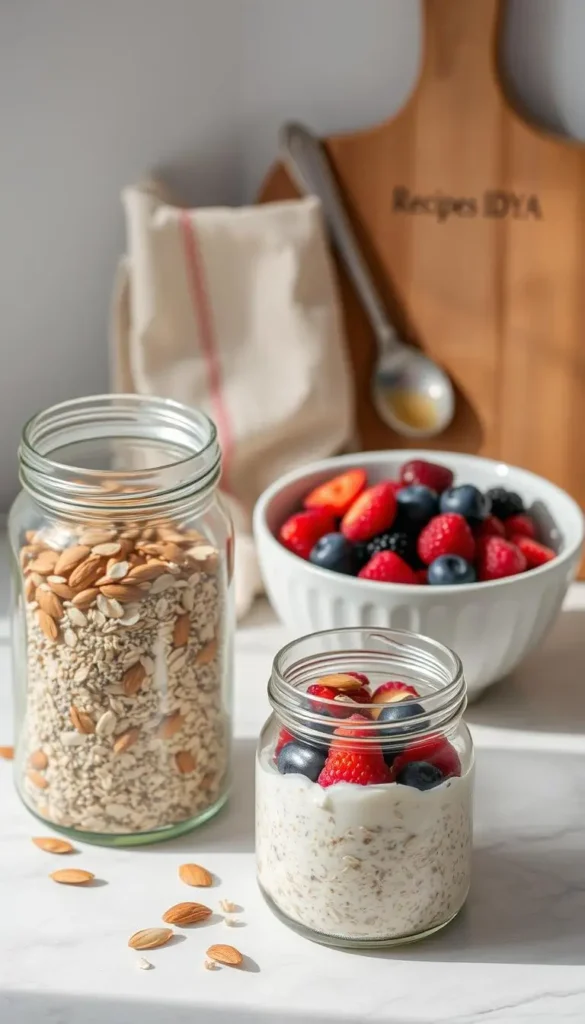
Making overnight oats is easy. You soak oats in liquid overnight. This makes them soft and creamy, ready for your morning.
Classic Overnight Oats Recipe
To start your oats, you need:
- 1/2 cup rolled oats
- 1/2 cup milk (dairy or plant-based)
- 1 tablespoon chia seeds
- 1 tablespoon honey or maple syrup
Flavor Variations to Explore
Overnight oats can be many things. Try these tasty twists:
- Apple Cinnamon: Add diced apples and a sprinkle of cinnamon
- Chocolate Peanut Butter: Mix in cocoa powder and a spoonful of peanut butter
- Tropical Fruit: Incorporate mango chunks and shredded coconut
These recipes are full of good stuff like fiber and protein. They keep you full and happy. Make a few jars ahead of time for a quick, tasty breakfast every day.
Heart-Healthy Avocado Toast Recipes
Avocado toast is a favorite for easy, healthy breakfasts. It’s full of good fats and nutrients. This turns a simple bread into a nutritious meal.
Choosing the right bread is key for great avocado toast. Go for whole grain or sourdough. They add nutrition and make your breakfast satisfying.
Mediterranean Avocado Toast
Make a Mediterranean-inspired dish with these steps:
- Mash ripe avocado on toasted whole grain bread
- Sprinkle crumbled feta cheese
- Add sliced cherry tomatoes
- Drizzle extra virgin olive oil
- Garnish with fresh herbs like basil or oregano
Spicy Avocado Toast with Eggs
For a spicy morning meal, try this version:
- Spread mashed avocado on crispy toast
- Top with a perfectly fried egg
- Sprinkle red pepper flakes
- Add a dash of hot sauce
- Finish with a pinch of sea salt
Pro tip: Choose avocados that are slightly soft to the touch for the creamiest avocado toast.
Nutritious Breakfast Wraps and Burritos
Breakfast wraps are a great choice for those looking for healthy meals that taste good. They are both nutritious and easy to carry, perfect for quick mornings.
When making breakfast wraps, you can fit lots of nutrients into one meal. Choose ingredients that are both healthy and tasty.
Breakfast Burrito with Veggies
Make your breakfast burrito a nutritional powerhouse with the right ingredients. Here’s a simple recipe to start your day:
- Whole wheat tortilla as the base
- Scrambled eggs for protein
- Colorful bell peppers
- Spinach leaves
- Low-fat cheese sprinkle
- Optional: salsa for extra flavor
This meal is quick to make and will keep you full and energized all morning.
Whole Wheat Wrap with Hummus
For a plant-based option, try a whole wheat wrap with hummus. It’s a lighter choice compared to other breakfasts:
- Spread generous hummus layer
- Add cucumber slices
- Sprinkle feta cheese
- Include fresh arugula
- Roll in whole wheat tortilla
These wraps are great for meal prep. Just wrap them in foil and refrigerate for a quick breakfast on the go.
Pro tip: Try different veggies and proteins to keep your wraps interesting and full of nutrients!
Delicious Protein-Packed Breakfast Bowls
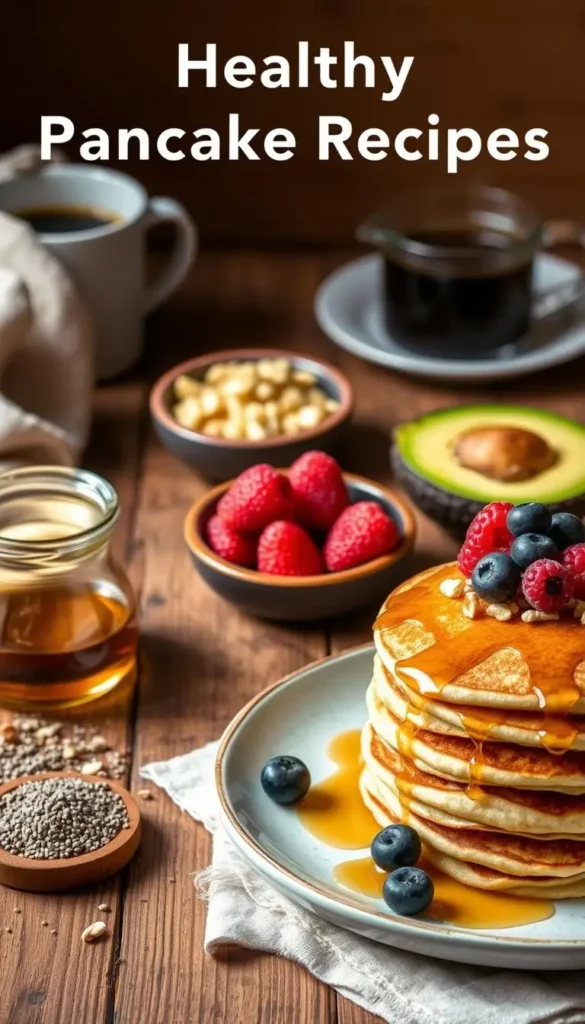
Starting your day with nutritious breakfast options can change your morning. Protein-packed breakfast bowls are a fun way to make easy, healthy meals. They keep you full and energized all morning.
Breakfast bowls are popular for a reason. They mix nutrients well, letting you pick what you like. This way, you get a meal that’s just right for you.
“A well-constructed breakfast bowl can be your secret weapon for sustained energy and wellness.” – Nutrition Expert
Quinoa Breakfast Bowl Recipe
Quinoa is great for a protein-rich breakfast bowl. Here’s a simple recipe to start with:
- 1 cup cooked quinoa
- 1/2 cup mixed berries
- 2 tablespoons chopped almonds
- 1 tablespoon honey
- Pinch of cinnamon
Cook quinoa the night before to save time. Layer the ingredients and drizzle honey for a delightful morning meal.
Yogurt Parfait Bowl Ideas
Greek yogurt is a top choice for protein-packed bowls. You can mix and match toppings to create many variations:
- Greek yogurt base
- Fresh seasonal fruits
- Crunchy granola
- Chia seeds
- Nut butter drizzle
These recipes are easy to make ahead of time. They make your morning routine healthier and smoother.
Tasty and Simple Egg Dishes
Eggs are a powerhouse of nutrition and super versatile for quick, healthy breakfasts. They’re packed with protein and essential nutrients. This makes your morning meal exciting. Whether you’re busy or a home cook, these egg recipes will change your breakfast routine.
Eggs are flexible for making nutritious meals. They’re not just tasty but also easy to make. Let’s look at two egg dishes that will make your mornings better and more energetic.
Veggie Scramble with Spinach
Make a vibrant, nutritious breakfast with this spinach scramble. Here’s what you need:
- 4 large eggs
- 1 cup fresh spinach
- 1/4 cup diced bell peppers
- 2 tablespoons olive oil
- Salt and pepper to taste
Whisk the eggs, sauté the veggies, and mix for a colorful, protein-rich breakfast. It’s ready in under 10 minutes.
Baked Eggs with Tomatoes and Feta
This Mediterranean dish makes your breakfast better with little effort:
- 4 eggs
- 1/2 cup cherry tomatoes
- 1/4 cup crumbled feta cheese
- Fresh herbs like basil or oregano
- Olive oil for drizzling
Bake the eggs with tomatoes and feta in a preheated oven. It’s a restaurant-quality breakfast that looks great but is easy to make.
Pro tip: Always use fresh, high-quality eggs from free-range chickens for the best flavor and nutritional value.
Fiber-Rich Granola and Cereals
Start your day with healthy breakfast choices that boost your nutrition. Fiber-rich granola and cereals are great for a quick and nutritious meal. They not only taste good but also give you the energy you need.
Choosing the right breakfast cereals can really help your health. Not all cereals are the same. It’s important to pick ones that are good for you.
Homemade Granola Recipe
Making your own granola lets you control what goes into it. Here’s a simple recipe to try:
- 3 cups rolled oats
- 1 cup mixed nuts (almonds, pecans)
- 1/2 cup honey or maple syrup
- 1/4 cup coconut oil
- 1 tsp vanilla extract
- Pinch of salt
Mix everything together, spread it on a baking sheet, and bake at 325°F for 25 minutes. Stir it a few times. Let it cool completely for the best crunch!
Best Crunchy Cereals to Try
Not all cereals are the same. Look for ones that are high in fiber and low in sugar.
| Cereal Brand | Fiber Content | Sugar per Serving |
|---|---|---|
| Kashi GO | 10g | 6g |
| Nature’s Path Organic | 8g | 5g |
| Fiber One Original | 14g | 0g |
Adding fiber-rich granola and cereals to your breakfast can help your digestion and keep you full. Try different mixes to find your favorite morning meal!
Creative Pancakes for a Healthy Twist
Pancakes are a favorite breakfast dish, but they can be heavy. You can make them healthier without losing flavor. These new pancake ideas are nutritious and keep you full and energized in the morning.
Using better ingredients can make pancakes much healthier. You can ditch the refined flour and sugar for something better.
Banana Oatmeal Pancakes
Banana oatmeal pancakes are great for a gluten-free breakfast. They mix the sweetness of bananas with the texture of oats.
- Mash ripe bananas for natural sweetness
- Use rolled oats for added fiber
- Mix with eggs for protein
- Optional add-ins like cinnamon or chia seeds
Almond Flour Pancakes
Almond flour pancakes are perfect for low-carb or keto diets. They are protein-rich and offer a lighter, healthier breakfast.
- Almond flour provides healthy fats
- Low in carbohydrates
- High in protein and nutrients
- Great for meal prep and freezing
Pro tip: Add fresh berries, Greek yogurt, or maple syrup on top. It boosts both taste and health.
Gluten-Free Breakfast Options
Looking for nutritious breakfasts that are gluten-free can change your morning. People with gluten issues or wanting low-calorie options have tasty choices. These meals are full of flavor and good for you.
Gluten-free breakfasts are full of variety and health benefits. You can make meals that give you energy and are packed with nutrients. And you can avoid foods with wheat.
Chia Seed Pudding: A Nutritional Powerhouse
Chia seed pudding is a top choice for a gluten-free breakfast. These small seeds are very nutritious:
- Rich in omega-3 fatty acids
- High in fiber and protein
- Supports digestive health
- Can be prepared ahead of time
To make it, mix chia seeds with your favorite milk, let it sit overnight. Then, top it with fresh fruits or nuts for extra taste.
Creative Rice Cake Toppings
Rice cakes are another great gluten-free choice for breakfast. Pick whole grain ones and pair them with natural nut butters for a protein boost.
- Almond butter with sliced bananas
- Cashew butter with berries
- Sunflower seed butter with honey
When picking rice cakes and nut butters, choose ones without added sugars. This keeps your breakfast healthy and low in calories.
Pro tip: Always check labels to ensure complete gluten-free certification, especially for those with celiac disease.
Your gluten-free breakfast can be delicious, nutritious, and easy to make. Try out these ideas to find your favorite morning meal.
Satisfying Breakfast Ideas for Meal Prep
Busy mornings need smart breakfast solutions. Meal prepping quick healthy breakfast ideas can change your week. It makes eating nutritious easy and convenient. With planning, you can make tasty homemade breakfasts that save time and help your health.
Preparing breakfasts ahead keeps your diet balanced, even when you’re busy. Meal prep lets you enjoy healthy meals without spending hours cooking every morning.
Batch-Cooked Egg Muffins: A Protein-Packed Breakfast Solution
Egg muffins are the best meal prep breakfast. These portable, protein-rich foods can be made in many ways to keep your mornings fun.
- Prep ingredients in advance
- Use silicone muffin trays for easy removal
- Store in airtight containers for up to 4 days
Freezer-Friendly Smoothie Packs: Instant Nutrition
Make grab-and-blend smoothie packs for a quick morning. Pre-measuring ingredients means a fast, healthy start to your day.
| Smoothie Pack Ingredients | Nutritional Benefits |
|---|---|
| Frozen berries | Antioxidants |
| Spinach | Iron and vitamins |
| Banana | Potassium |
| Chia seeds | Omega-3 fatty acids |
Your meal prep strategy can change your breakfast. Spending a bit of time on weekends means you’ll have delicious, healthy morning meals. These meals will boost your health and energy.
Tips for Making Healthy Breakfast Choices
Creating healthy breakfasts is easy. Your morning meal is key to a day full of energy. Simple recipes and planning can make your breakfast a wellness boost.
Start by knowing what you need for breakfast. Mix lean proteins, complex carbs, and healthy fats. Eggs or Greek yogurt keep you full, while whole grains give lasting energy. Prep ingredients the night before to make mornings easier.
Smart Ingredient Swaps
Choosing better ingredients can make a big difference. Swap white bread for whole grains, sugary cereals for steel-cut oats, and use natural sweeteners. These changes can make your breakfast healthier without losing flavor.
Portion Control and Mindful Eating
Controlling portions is crucial for a balanced diet. Use small plates and measure your food. Listen to your hunger to avoid overeating. Try new breakfasts to keep things interesting and nutritious. Breakfast is your chance to energize for the day.
FAQ
Why are healthy breakfast recipes important?
Healthy breakfasts give you the nutrients you need. They boost your metabolism and keep your blood sugar stable. This gives you energy all day long.
They also help you focus better, manage your weight, and stay healthy.
How can I prepare quick healthy breakfast options when I’m short on time?
Make-ahead meals like overnight oats and egg muffins are great. They’re easy to prepare in advance. Just reheat or assemble them in the morning.
Are smoothies a good breakfast option?
Yes! Smoothies are quick and packed with nutrients. You can mix in fruits, veggies, proteins, and healthy fats. They’re customizable to your taste and needs.
What are some protein-rich breakfast ideas?
Try Greek yogurt parfaits, egg dishes, and quinoa bowls. Also, protein smoothies, chia seed puddings, and breakfast wraps with eggs or hummus. These keep you full and energized.
How can I make my breakfast healthier?
Choose whole grains and add lots of fruits and veggies. Opt for lean proteins and limit sugars. Use whole foods instead of refined ones.
Are there good gluten-free breakfast options?
Yes! Enjoy chia seed pudding, rice cakes with nut butter, and vegetable frittatas. Also, smoothie bowls, quinoa bowls, and gluten-free pancakes made with almond or coconut flour.
How can I meal prep breakfast for the week?
Cook batches of egg muffins, overnight oats, and breakfast burritos. Store them in containers in the fridge or freezer. This saves time and keeps your meals healthy.
What are some low-calorie breakfast ideas?
Try vegetable egg white scrambles, Greek yogurt with berries, and chia seed pudding. Also, green smoothies, avocado toast, and vegetable-packed wraps. These are filling and low in calories.
How important is breakfast for weight management?
Breakfast is key for weight management. It boosts your metabolism and reduces cravings. It also keeps you full and provides the nutrients your body needs.
Can breakfast help improve my mood and energy?
Definitely! A balanced breakfast stabilizes your blood sugar and gives you the nutrients for your brain. It also gives you the energy to start your day right. Healthy breakfasts improve your focus, mood, and mental performance.




